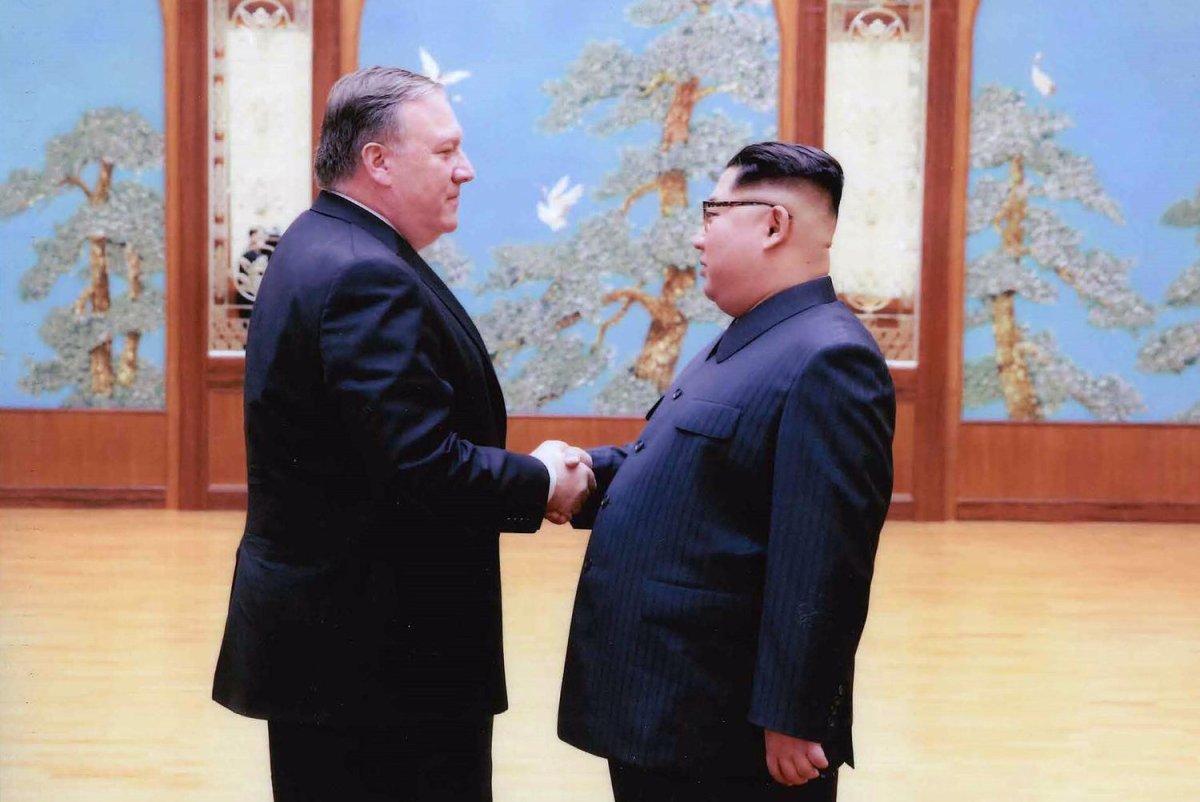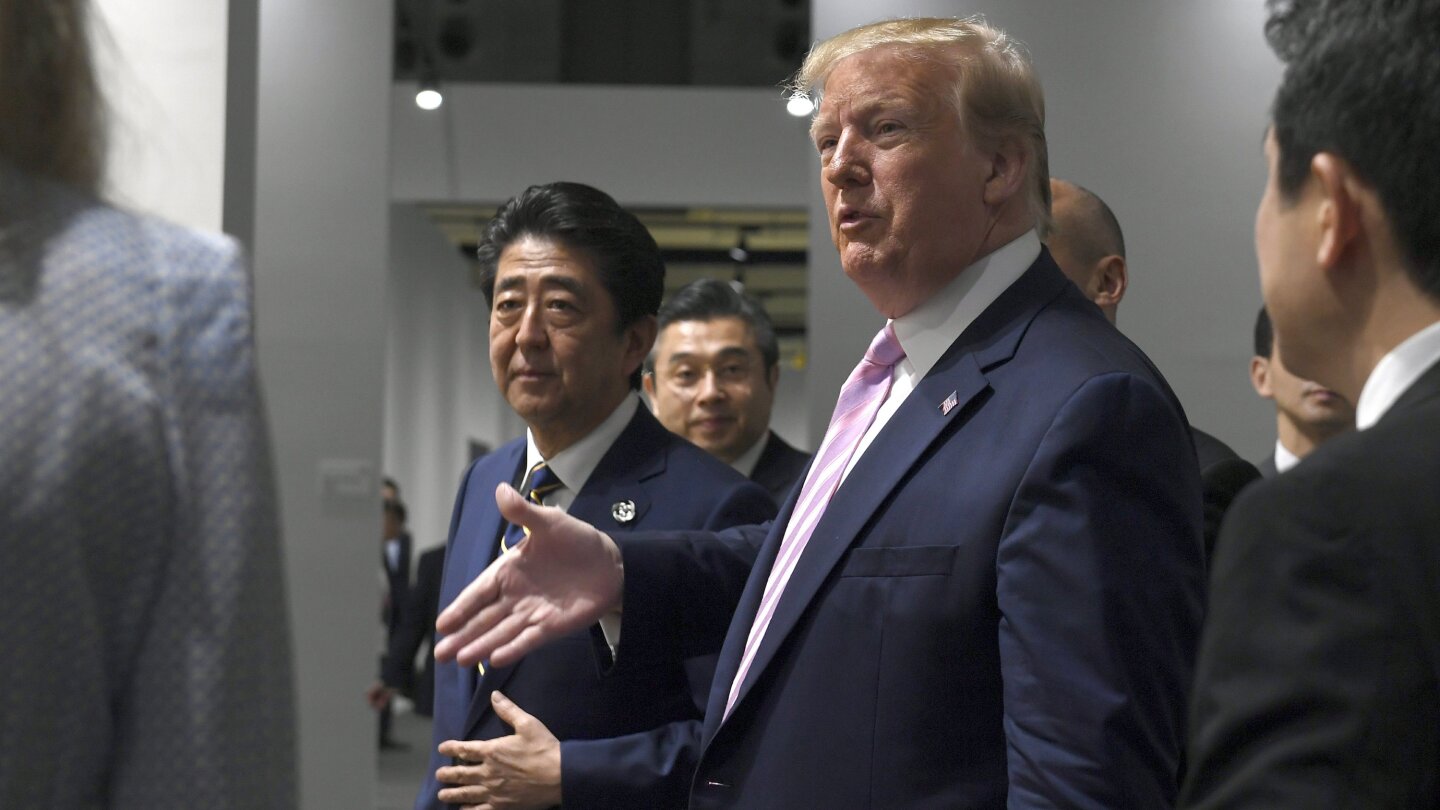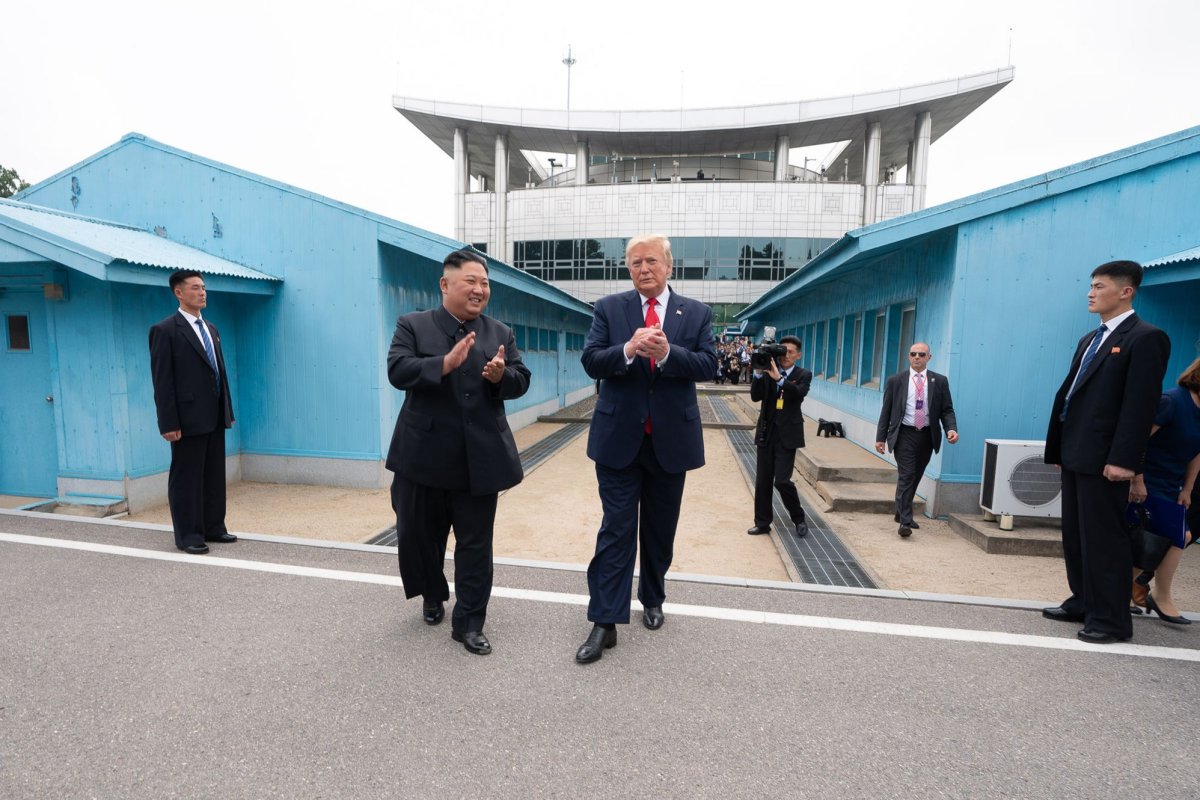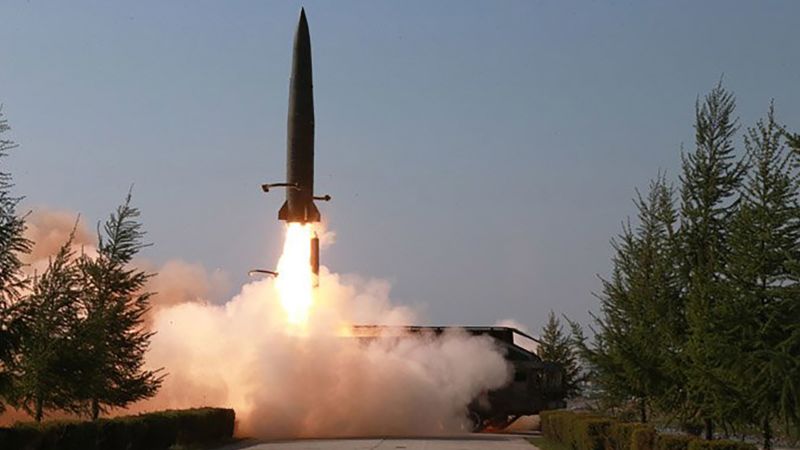North Korea accuses Pompeo of 'sophistry' after sanctions remark
JUNE 26, 2019
By Elizabeth Shim
View attachment 8574
North Korea condemned recent remarks on sanctions from U.S. Secretary of State Mike Pompeo (L) made on Sunday. Here he meets with Kim Jong Un in 208. File Photo by White House | License Photo
June 26 (UPI) -- North Korea criticized the U.S. State Department on Wednesday for issuing human rights reports and targeted Secretary of State Mike Pompeo for supporting sanctions against the regime.
A Pyongyang foreign ministry representative said in the statement, ahead of Trump's trip to Japan for the G-20 summit, that the U.S. classification of North Korea as an enemy state is an obstacle to diplomacy.
"Regardless of how hard the leaders of the two sides try to establish a new relationship, it would be difficult to expect improvements, or the denuclearization of the Korean Peninsula, if policy makers who harbor hostile sentiments control U.S. politics," the North Korean representative said.
North Korea also referred to a statement from Pompeo.
The top U.S. diplomat had said on Sunday it is important to remember some 80-plus percent of the North Korean economy is sanctioned; on Wednesday, North Korea said Pompeo was "engaging in sophistry," while suggesting sanctions would not bring Pyongyang back to the table.
"If at present U.S. sanctions affect 80 percent of our economy, is the goal of the United States to raise that level to 100 percent?"
Pyongyang also said Pompeo's remarks contradict the contents of the U.S.-North Korea joint statement signed in Singapore in 2018.
Kim Dong-yub, a professor at the Institute for Far Eastern Studies at Kyungnam University in South Korea, told South Korean news agency Newsis North Korea could be expressing displeasure with recent summit results.
"From North Korea's perspective, the United States walked out of the summit in Hanoi, rendered the Singapore agreement meaningless, kept sanctions in place and even raised the issue of human rights and religion. From Pyongyang's view, it is strange to request dialogue given such conditions," Kim said.
The State Department had released reports on human trafficking and religious freedom pertaining to North Korea last week. The reports said the regime has yet to improve its poor human rights record.
Trump is visiting South Korea following the G-20 summit, but it is unconfirmed he will meet with Kim Jong Un at the border despite a recent exchange of letters.

 www.upi.com
www.upi.com
JUNE 26, 2019
By Elizabeth Shim
View attachment 8574
North Korea condemned recent remarks on sanctions from U.S. Secretary of State Mike Pompeo (L) made on Sunday. Here he meets with Kim Jong Un in 208. File Photo by White House | License Photo
June 26 (UPI) -- North Korea criticized the U.S. State Department on Wednesday for issuing human rights reports and targeted Secretary of State Mike Pompeo for supporting sanctions against the regime.
A Pyongyang foreign ministry representative said in the statement, ahead of Trump's trip to Japan for the G-20 summit, that the U.S. classification of North Korea as an enemy state is an obstacle to diplomacy.
"Regardless of how hard the leaders of the two sides try to establish a new relationship, it would be difficult to expect improvements, or the denuclearization of the Korean Peninsula, if policy makers who harbor hostile sentiments control U.S. politics," the North Korean representative said.
North Korea also referred to a statement from Pompeo.
The top U.S. diplomat had said on Sunday it is important to remember some 80-plus percent of the North Korean economy is sanctioned; on Wednesday, North Korea said Pompeo was "engaging in sophistry," while suggesting sanctions would not bring Pyongyang back to the table.
"If at present U.S. sanctions affect 80 percent of our economy, is the goal of the United States to raise that level to 100 percent?"
Pyongyang also said Pompeo's remarks contradict the contents of the U.S.-North Korea joint statement signed in Singapore in 2018.
Kim Dong-yub, a professor at the Institute for Far Eastern Studies at Kyungnam University in South Korea, told South Korean news agency Newsis North Korea could be expressing displeasure with recent summit results.
"From North Korea's perspective, the United States walked out of the summit in Hanoi, rendered the Singapore agreement meaningless, kept sanctions in place and even raised the issue of human rights and religion. From Pyongyang's view, it is strange to request dialogue given such conditions," Kim said.
The State Department had released reports on human trafficking and religious freedom pertaining to North Korea last week. The reports said the regime has yet to improve its poor human rights record.
Trump is visiting South Korea following the G-20 summit, but it is unconfirmed he will meet with Kim Jong Un at the border despite a recent exchange of letters.

North Korea accuses Mike Pompeo of ’sophistry’ after sanctions remark - UPI.com
North Korea criticized the U.S. State Department on Wednesday for issuing human rights reports.




